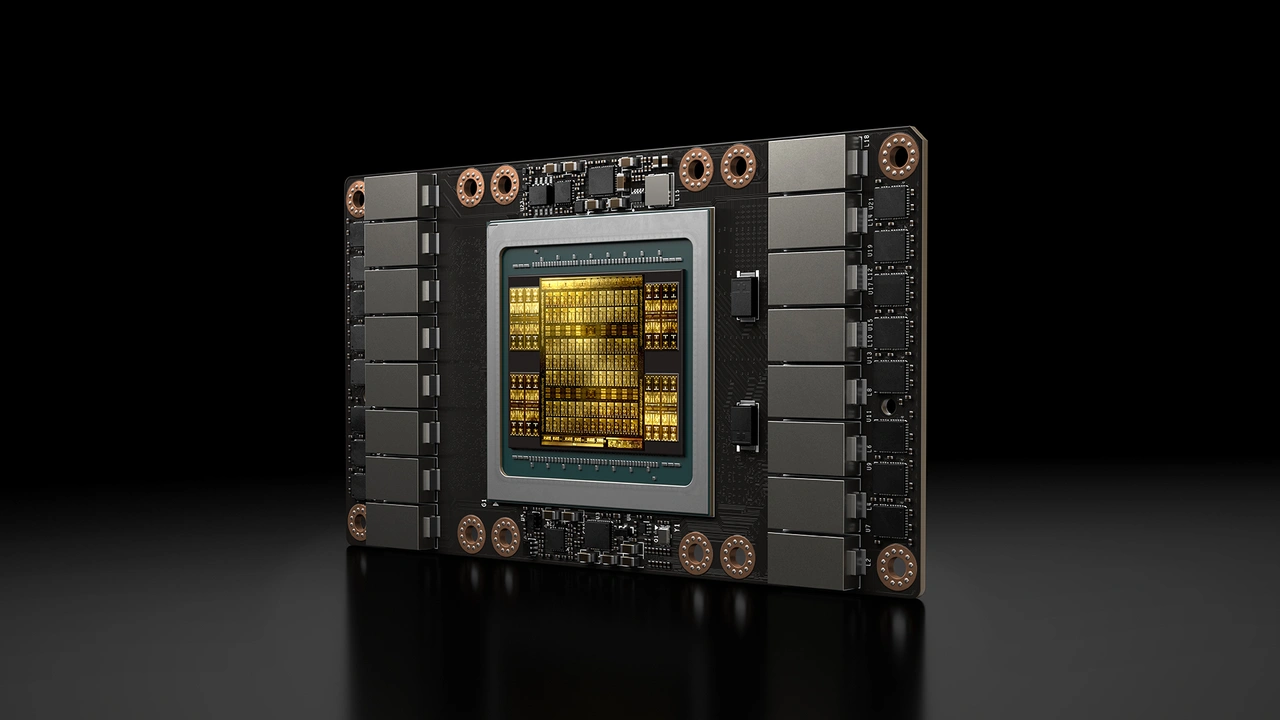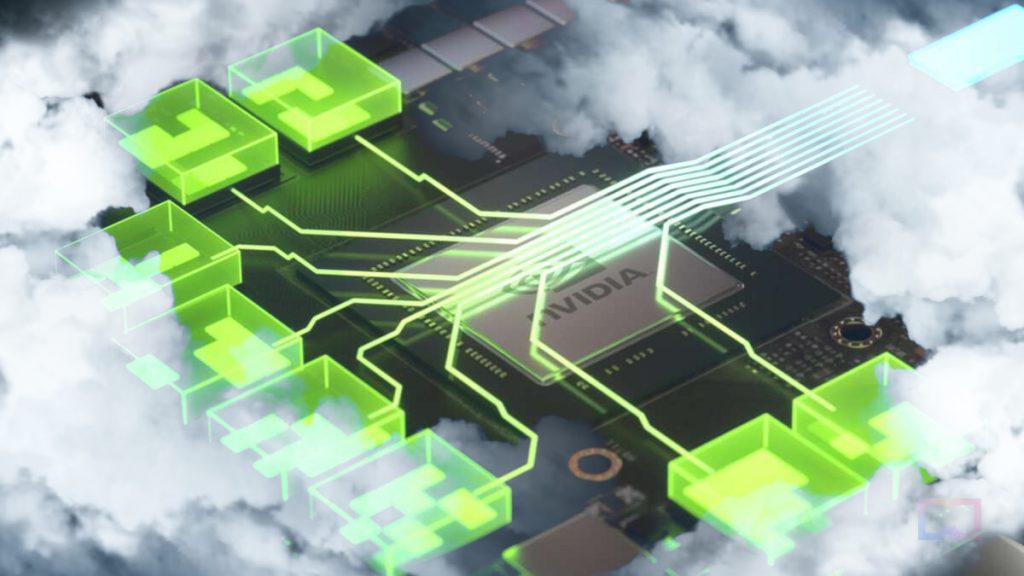Dataoorts Pricing
Dataoorts offers pricing that is 10x times lower than that of public cloud providers. Our goal is to make computational power affordable and accessible to everyone.
Fully Dedicated GPU VMs and Bare Metal Servers – No Containers!
❛X-Series GPU VMs❜

Dataoorts X-Series Instances: Optimized for Compute-Intensive Workloads
- Ideal for AI & ML: Perfect for tasks such as fine-tuning and training large AI models.
- Powered by DDRA Cluster: Our cutting-edge Super DDRA Cluster ensures top-tier performance for compute-heavy tasks.
- No Containers, Just Power: Our instances are true KVM-based VMs or bare metal servers. You get dedicated, unshared GPU power.
- Dynamic Pricing: Costs vary based on real-time users, compute workloads, region, and other usage factors.
- On-Demand Availability: Operates seamlessly on the Super DDRA cluster, available when needed, Billing Cycle Every 2 minutes.
X-Series Instance Pricing
Typically $0.3 to $2.7 per hour
Pricing is dynamically allocated per second. For the most current rates, please login to the console.
- We dynamically manage instance resources such as RAM, CPU, and more. All Instances operate on DDRA Technology.
- X-Series Instances start with
x_, such asx_A100x2. This example indicates an instance with an A100 GPU Model, Total 160 GB of VRAM, & double GPU Configuration. - X-Series Instances are hosted in Tier 3 and 4 Data Centers, Ensuring maximum security and adherence to Zero-Trust Policies.
- Full Administrative/Root Access to Virtual Machine.
Enterprise-Grade InfiniBand Fabric
- Extreme Low-Latency All instances are interconnected with high-performance IB networking, slashing latency for max. peer GPUs bandwidth.
- Rock-Solid for Enterprise AI Engineered for the most demanding AI/ML workloads, from large-scale distributed training to complex HPC simulations.
Dynamic DDRA Credit Reimbursement
- Real-Time Rebates Our DDRA technology reimburses credits based on real-time factors like GPU demand and your active instance usage time.
- Maximize Your Investment Get more compute power for your budget. DDRA intelligently optimizes cluster resources, and you share in the savings.
Introducing Our Latest
NOVA VMs
Powered by Full NVLink GPUs

Nova Instances with NVLink GPUs
- On-Demand Power: High-end NVIDIA GPUs VMs are available instantly on the Super DDRA cluster, ready when you are.
- Pay-As-You-Go Billing: True consumption-based pricing with granular 10-minute billing cycle for both Instance & DDRA-Cluster.
- Smart Hibernation: Start and stop your VMs with a single click to save costs. Your OS volume is always preserved, ready to resume.
- Fully Automated: No manual handling required. From deployment to alternative instance availability, everything is automated for you.
- Dynamic Pricing: Our costs are transparently updated every 18 hours, reflecting real-time usage and regional factors.
Nova NVLink GPU VMs Pricing
Volume Storage Cost: $0.00072 per GiB per hour
On-Demand Pricing For Nova NVL GPUs
❛Stop your VM when not in use, run it only when needed — save costs, stay efficient.❜
Stop Instance to Save Costs
When stopped, you are only charged $0.036 per hour.
Stop your instance to save costs.
- Stopping an instance immediately halts regular billing. However, please allow 20-25 Mins. For snapshot checkpoint to be created.
- It's recommended to wait 20-25 Mins. After stopping VM before restarting it to ensure the snapshot-checkpoint has completed.
- The public IP address for X-Series VMs stays only the same and remains reserved even when the instance is stopped.
GPU Marketplace Offers
Secure reserved GPU instances at highly affordable rates through flexible bidding. Choose from short-term commitments starting at just one week to long-term reservations up to three years, ensuring cost-effective, reliable GPU VMs tailored to your needs.
Explore Marketplace
Super affordable GPU compute is now reality—with us!
Loading comparison data...
FAQs
Yes, you can create a persistent volume in a specific region and mount it to your GPU VM for continuous storage. This way, you won’t need to re-download your data each time.
Nova Instances are available in the Northern Europe region.
Yes, you can. However, when you stop the instance, please allow 15–20 minutes for a snapshot checkpoint to be created. Once the snapshot is completed, you can safely restart the instance. Do not interrupt the process while the snapshot is being generated.
Spot GPU instances are idle resources offered at a lower cost. When demand arises, they may be reclaimed for other workloads. They’re ideal for testing or sandbox tasks, as they provide a more affordable option compared to on-demand or reserved instances.
Yes GPU instances can be stopped. Once stopped, they incur a minimal charge of $0.036 per hour.
X-Series Instances dynamically adjust their pricing every few minutes within a specified range but never exceed the maximum limit — helping you save more efficiently.
Similarly, Nova Instances update their pricing dynamically approximately every 6 hours.
Learn About DDRA: Here
X-Series Instances are dedicated GPU VMs designed for high-performance computing (HPC) tasks.
Nova Instances are GPU VMs with NVLink support, ideal for AI model training and fine-tuning. Based on our data, X-Series Instances deliver excellent performance relative to their pricing, offering one of the best performance-to-cost ratios.
X-Series Instances operate on our advanced DDRA Cluster, designed for heavy compute-intensive workloads. The cost of X-Series Instances varies within the range displayed on our dashboard and depends on several factors, including the total number of real-time users on the cluster, ongoing compute workloads, regions where instances are in use, and more.
X-Series: You can choose whether to release the IP or persist it after hibernation.
Nova: The IP address will change when the system restarts from hibernation.
